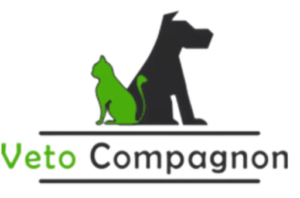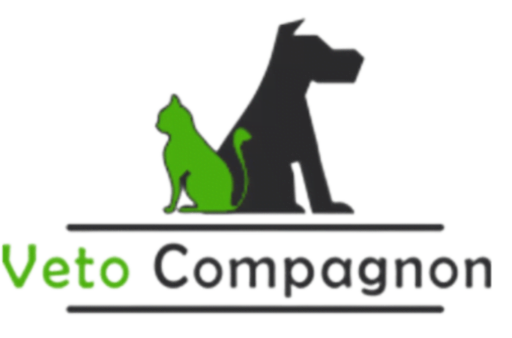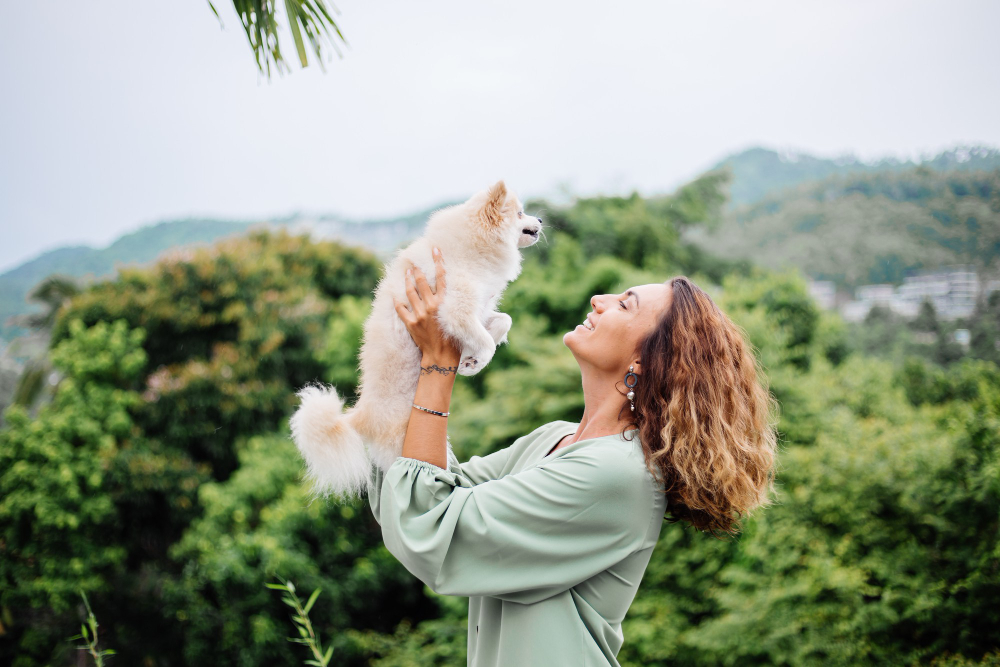The dog, a faithful companion for generations, slowly left its utilitarian role to become a true member of the family cell. Between overflowing tenderness and clumsy gestures, certain behaviours, often made with the heart, can have far less tender consequences on its general well-being. Small development, without guilt, but with a touch of loving lucidity.
1. Neglect daily exits
A vital routine, much more than an express pee
A quick run around the block of houses is not enough to satisfy the needs of a dog. Walking, it is also to cross other smells, observe the movement, communicate with its four-legged peers. A dog deprived of these stimulations ends up extinguishing inside, sometimes slowly, sometimes brutally.
The consequences are often visible: agitation, anxiety, aggressiveness, or obsessive behaviors such as leg licking or sinking the sofa. Even small templates, often judged « easy », need to breathe something other than the living room walls.
2. Too many treats, not enough moderation
Give his dog a little biscuit to please him, it always starts with a good feeling. But by multiplying the sweetness, the kilos settle, the food imbalances too. Worse: some human treats are highly toxic for dogs – chocolate, raisins or sweets in mind.
The positive reinforcement remains a good way to educate, provided that it keeps the control. A sweetness, yes, but thought as a surprise, not as a reflex to every tender look.
3. Self-medication, a reflex to banish
A dog that limps, coughs or looks sad... The desire to « Do something » is natural. But to draw a box of paracetamol or an old medicine hanging in the pharmacy cabinet is often more dangerous than useful.
The metabolism of a dog is specific. Some human drugs are totally toxic to him. If in doubt, it is better to consult a veterinarian than to become an improvised healer. A simple poorly dosed gesture can be expensive.
4. Leave aside hygiene and basic care
These little gestures that avoid big hassle
Regular brushing is much more than an aesthetic ritual. This helps identify injuries, parasites, irritations. Same for cleaning ears or brushing teeth: tartar, otitis, itching... all this can be avoided with a little attention.
A neat dog is a more comfortable dog in his skin. And a veterinary visit avoided, sometimes.
5. Education without coherence
Letting a dog sleep in bed one day, scolding the next... that's enough to spread the mess in his mind. The absence of clear rules can lead to a real blur in his perception of human interactions.
It is not a matter of dry authority, but of reassuring consistency. A dog « low » is often simply misguided. And this can quickly become a source of tension:
- Aggression or jealousy
- Anxiety of separation
- Unforeseen reactions with children or guests
Simple rules, applied with firmness and softness, allow the animal to flourish in a soothing setting.
6. Forget emotional and cognitive
A brain and a heart, not just a truffle
The dog needs more than a bowl and a basket. He's waiting. Interactions, du jeu, des câlins, des défis mentaux. C’est un être sensible, capable d’apprendre, de s’attacher, de s’ennuyer.
Laisser son chien seul plusieurs heures par jour, sans stimulation, équivaut à l’enfermer dans un silence mental. Puzzles alimentaires, apprentissages réguliers, séances de jeu : tout cela forge un lien et nourrit l’animal dans son équilibre émotionnel.
7. Shaping socialization
Un chien peu exposé à d’autres congénères, à des bruits différents ou à des situations nouvelles peut développer une peur chronique, voire une agressivité difficile à canaliser.
La socialisation n’est pas une étape qu’on coche à trois mois. Elle se travaille tout au long de la vie, par des balades variées, des rencontres positives et une exposition progressive à la diversité du quotidien.
Un chien bien socialisé est plus détendu, plus confiant, plus facile à vivre. Ce n’est pas une question de race ou d’instinct, mais d’habitude et de bienveillance.
Pour découvrir des conseils bienveillants, des produits naturels et des ressources pensées pour le bien-être animal, n’hésitez pas à faire un tour sur le site de la Ferme du Plateau
Growing up together with kindness
Vivre avec un chien, c’est accepter de sortir de soi-même pour le comprendre, parfois se remettre en question, souvent s’émerveiller. Ces erreurs-là sont humaines. Elles parlent d’amour, mais aussi d’un besoin d’apprentissage.
Le plus beau cadeau qu’on puisse faire à son chien, ce n’est ni le plus gros jouet, ni la friandise la plus chère, mais une attention sincère à ses besoins réels, physiques comme émotionnels. C’est une relation à construire dans la durée, faite de petits gestes, de regards complices… et d’un respect mutuel.





